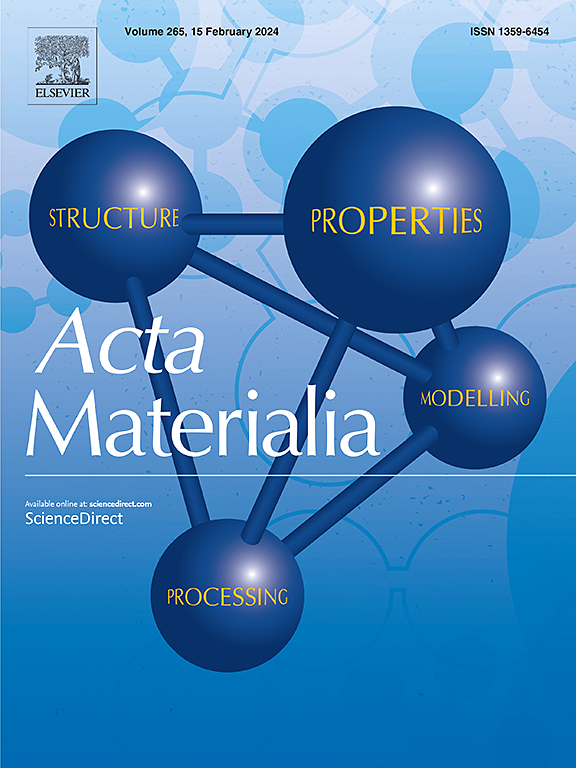基于深度学习的不同硅含量铝合金力学性能预测
IF 9.3
1区 材料科学
Q1 MATERIALS SCIENCE, MULTIDISCIPLINARY
引用次数: 0
摘要
本文提出了一种基于深度学习的模型,该模型可以从显微组织图像中准确预测不同成分铝合金的力学性能,并阐明了用于模型构建的显微组织图像的多样性与预测精度之间的关系。使用深度学习技术,以微观结构图像作为输入数据,预测了各种铝合金的四种目标力学性能——最大抗拉强度、断裂伸长率、杨氏模量和0.2%屈服强度。通过重力压铸或砂型铸造不同合金元素,特别是硅含量水平的铝合金,从锭上切割样品,获得显微结构图像。此外,还利用尺寸密度、成分信息和x射线衍射剖面作为输入数据。仅采用微观结构图像的模型具有较高的预测精度,三个力学性能的决定系数超过0.8。其他输入数据对预测准确性的提高没有贡献。从训练数据中排除高硅含量或低硅含量样品的模型无法准确预测相应硅含量水平样品的性质。值得注意的是,硅含量会影响微观结构图像,并且在训练数据中缺少类似的微观结构图像会给高精度预测性能带来挑战。将更多样化的微观结构图像整合到训练数据中,表明有可能构建一个能够准确预测不同微观结构目标属性的模型。本文章由计算机程序翻译,如有差异,请以英文原文为准。


Mechanical property prediction of aluminium alloys with varied silicon content using deep learning
This paper presents the development of a deep learning-based model, which can accurately predict the mechanical properties of aluminium alloys with various compositions from microstructural images and clarifies the relationship between the diversity of microstructural images used for model construction and predictive accuracy. Four target mechanical properties—maximum tensile strength, elongation at break, Young's modulus, and 0.2 % yield strength—of various aluminium alloys were predicted using a deep learning technique with microstructural images as the input data. Microstructural images were obtained from samples that were cut from ingots produced via gravity die casting or sand mould casting of aluminium alloys with different alloy elements, particularly silicon content levels. In addition, dimensional density, composition information, and X-ray diffraction profiles were utilised as the input data. The models that employed only microstructural images demonstrated high predictive accuracy, with determination coefficients exceeding 0.8 for three mechanical properties. Other input data did not contribute to the enhancement of predictive accuracy. Models that excluded samples with high or low silicon content from the training data could not accurately predict the properties of samples with corresponding silicon content levels. Notably, the silicon content influences the microstructural images, and the absence of similar microstructural images in the training data results in challenges for predicting properties with high accuracy. The incorporation of a more diverse range of microstructural images into the training data suggests the potential to construct a model that can accurately predict the target properties across different microstructures.
求助全文
通过发布文献求助,成功后即可免费获取论文全文。
去求助
来源期刊

Acta Materialia
工程技术-材料科学:综合
CiteScore
16.10
自引率
8.50%
发文量
801
审稿时长
53 days
期刊介绍:
Acta Materialia serves as a platform for publishing full-length, original papers and commissioned overviews that contribute to a profound understanding of the correlation between the processing, structure, and properties of inorganic materials. The journal seeks papers with high impact potential or those that significantly propel the field forward. The scope includes the atomic and molecular arrangements, chemical and electronic structures, and microstructure of materials, focusing on their mechanical or functional behavior across all length scales, including nanostructures.
 求助内容:
求助内容: 应助结果提醒方式:
应助结果提醒方式:


